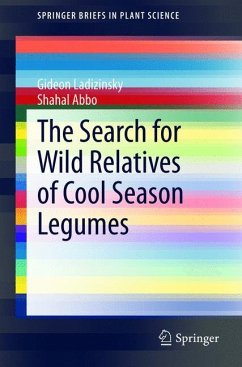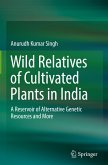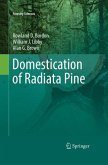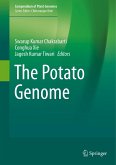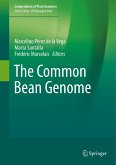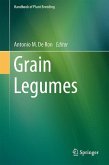The study of origin and domestication of legumes described in this book emerged when it became apparent that while this kind of information is adequate for cereals, the pulses lagged behind. At the end of the 1960s the senior author initiated a study on the chickpea's wild relatives followed by similar attempts for broad bean, fenugreek, common vetch, bitter vetch, and lentil. The junior author joined the project in the late 1980s with a study of the genetics of interspecific hybrid embryo abortion in lentil and later has extensively investigated chickpea domestication and wild peas. While this book mainly describes our research findings, pertinent results obtained by others are also discussed and evaluated. Studying the wild relatives of legumes included evaluation of their taxonomic status, their morphological variation, ecological requirements, exploration of their distribution, and seed collection in their natural habitats. Seeds were examined for their protein profile as preliminary hints of their affinity to the cultigens and plants grown from these seeds were used for establishing their karyotype, producing intra- and interspecific hybrids and analyses of their chromosome pairing at meiosis and fertility. The aim of these investigations was the identification of the potential wild gene pool of the domesticated forms. Assessment of genetic variation among accessions, particularly in the genus Lens, was made by isozymes and chloroplast DNA studies. The main findings include the discovery of the chickpea wild progenitor; studies of lentil in three crossability groups; wild peas proceeded in two lines of study; faba bean and fenugreek and their wild progenitors have not yet been identified; common vetch and its related form were treated here as an aggregate (A. sativa); we found gene flow between members of different karyotypes is possible; bitter vetch and its relation to the domesticated form were established by breedingexperiments.

